Big Blood | Interview | “The act of creating as resistance to the overwhelming doom”
Caleb Mukerin and Colleen Kinsella have been key personages of the Portland sonic underground as members of the cosmically-shifting Cerberus Shoals and the folkily psychedelic Fire on Fire before forming the more personal and hermetic Big Blood back in 2006.
Following a decade of travelling the alternative universe submerged in experimental, avant-folk, psychedelic, New Weird America(na), Caleb Mukerin and Colleen Kinsella are still driving Big Blood’s diverse discography further in their typical DIY aura.
What’s your creative process?
Colleen Kinsella: Chaos, consistent daily studio practice, listening to lots of music, reading books, experimenting with new and old technology, i.e. homemade oscillators, tape machines, 4 track.
Some artists delight in making the music, while others seem to delight in playing live … Do you discover new aspects of your songs developing in front of an audience?
Live performances are a lot of work and logistics since our daughter was born. Now that she’s a part of the band it is still difficult to manage live shows unless we commit to a tour and create a live set that usually includes costumes, props and sets.
You have a rather large body of work to draw from for live settings, how do you decide what you’ll play?
Whatever feels good, usually new songs. We occasionally reach into the past. When we are preparing for a live show, we try out a list of songs and cut what drags. There are many songs we will never play live.
How are you currently coping with the world situation?
Not great. Day to day. We believe in the act of creating as resistance to the overwhelming doom. But we also live and work, have family to take care of and we care about black lives. Author and critical thinker Bell Hooks talks about living in dominator culture, made up of the interlacing of white supremacy capitalist imperialist patriarchy. These systems are currently destroying black and brown lives, vulnerable communities, our planet, et cetera. I look to our process as building, creating, and loving in opposition to these destructive forces.
One of your first projects was Cerberus Shoal. You released several albums. Would you like to elaborate on that? What’s the current status of this group?
No longer a band, but still friends.
I joined in 1999 but Cerberus Shoal formed 1994. By the time I arrived at the band house it was a terrific mix of artists, musicians, theatre & performance. I grew into myself through my experience in Cerberus Shoal. We toured for 6 years intensely, 2 European tours and countless tours in the US. We were an unpredictable circus of talents that worked democratically, lived together and played music together.
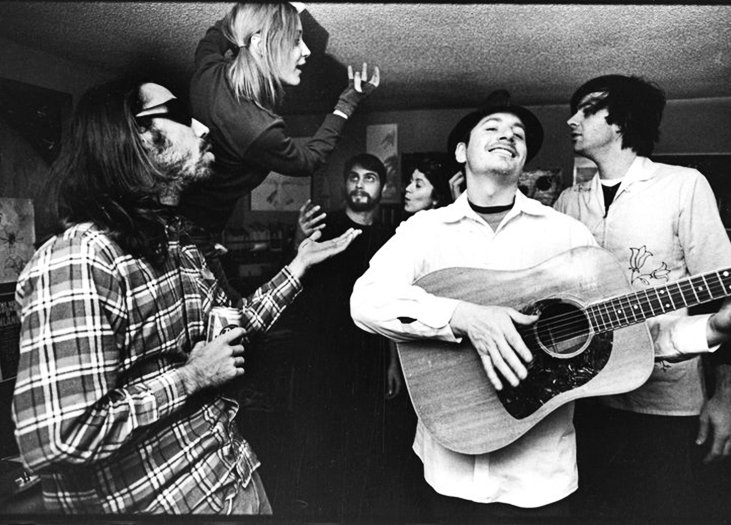
In 2008 you released ‘The Orchard’ with Fire On Fire. How did that come about?
Cerberus Shoal dissolved in 2005, the same time I found out I was pregnant with Quinnisa. A group of musicians in the house that included myself, Caleb Mulkerin, Chriss Sutherland, Micah Blue Smaldone and Tom Kovacevic all played acoustic music spontaneously throughout the years of being together. After Cerberus Shoal ended we naturally gravitated towards a more relaxed approach of bringing songs to each other. We were originally called “Threads” based on the English post-apocalypse movie. Once we signed with Young God records we had to make a name change and eventually with the birth of Quinnisa, Caleb and I were unable to keep a consistent practice schedule. We were making music as Big Blood while we were in Fire on Fire.
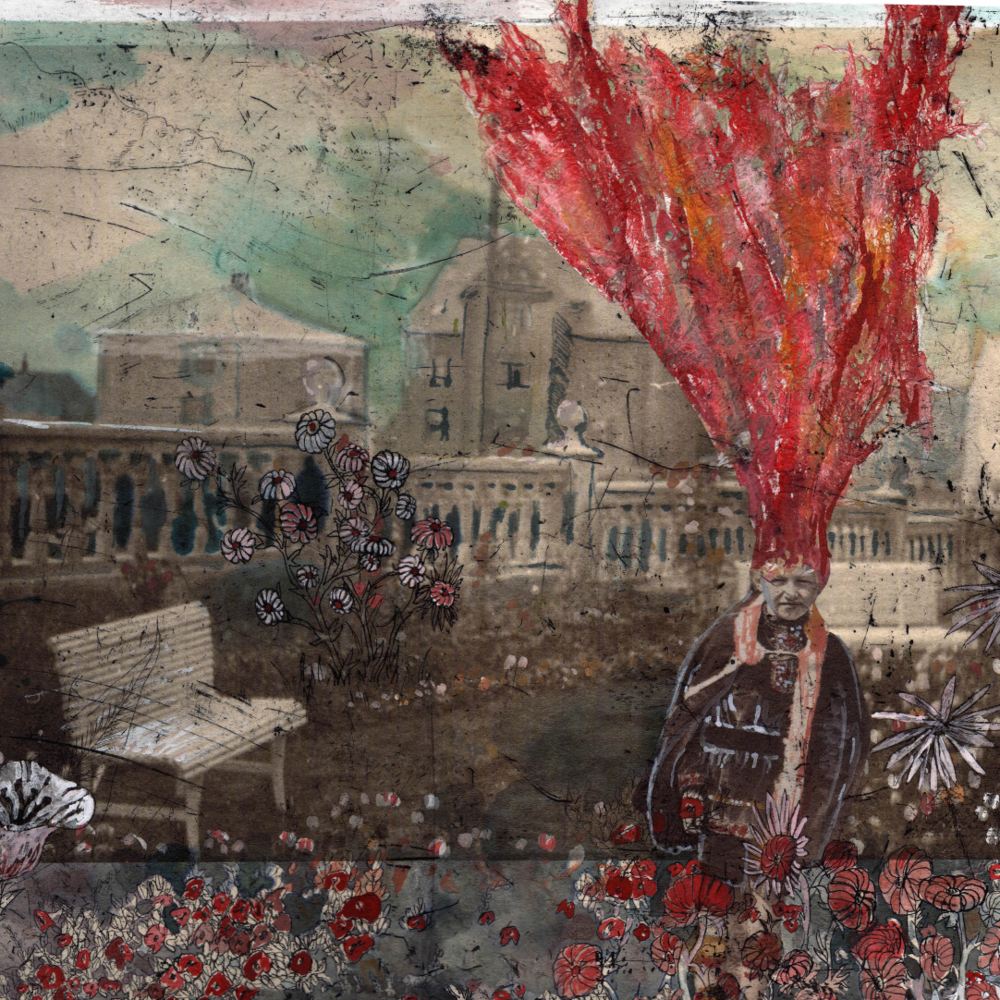
How about your collaborations with Larkin Grimm, Wooden Wand, Picastro, O’Death… you even collaborated with Swans on their ‘The Seer’ album. I haven’t mentioned all of your collaborations, but I would appreciate it if you can make a nice overview of where all you appeared and what are some nice moments from playing with other musicians.
All the bands and artists you mention are less collaborations and more like contributions. Michael Gira hired us for the Young God related projects, and Caleb was involved in the production of the other artist’s albums. We collaborated with the composer Elliot Schwartz to make the experimental album ‘Ant Farm: at the Nexus of Art and Science’ and with Chuck Bettis & Yuko Tonohira on ‘Thunder Crutch’, another experimental album.
What’s the concept behind Big Blood? Was there a certain vision you had in mind when forming?
Big Blood is about us having a daily practice of playing, writing, engaging in music and the creative process. How we play and make revolves around daily logistics of parenting, working full time.
‘Dark Country Magic’ has been reissued recently by Feeding Tube Records / Cardinal Fuzz. What do you recall from those sessions?
Late night recording sessions, watery sleep deprived days, 4-tracking, it all came out without much effort.
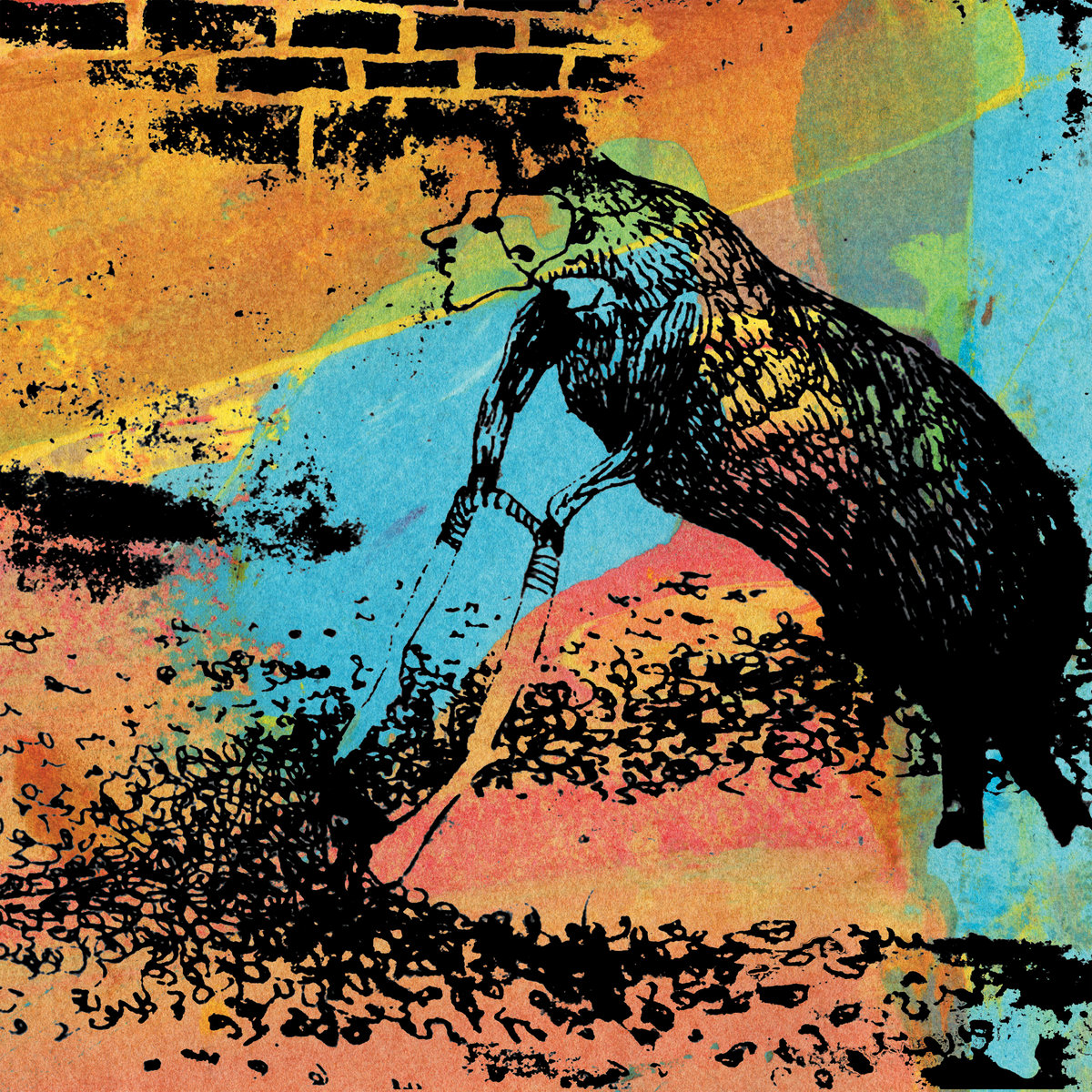
What about ‘Do You Wanna Have A Skeleton Dream?’?
First album with Quinnisa’s composition as an 11 year old. Each album is a snapshot of our time growing up together.
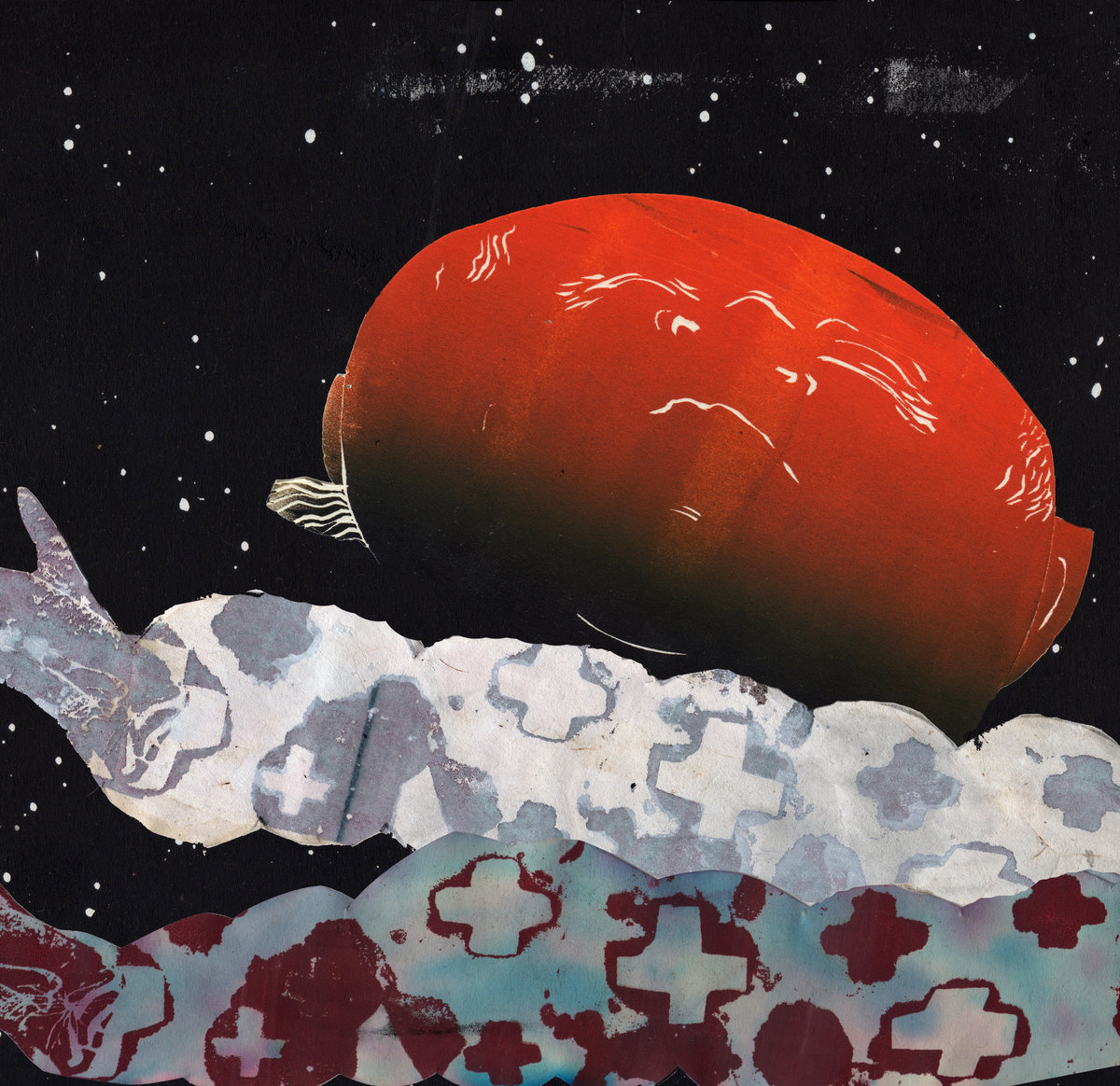
Just a quick look and I notice how much material you released as Big Blood. What would you say are some of the highlights?
Collaborating with friends and composers like Elliott Schwartz, Chuck Bettis & Yuko Tonihira, Micah Smaldone, Chris Livengood, Brendan Evans, Tom Kovacevic and Colby Nathan.
Where do you get the constant flow of inspiration?
The house we have lived in for many many years is an unspoken member in all our music from Cerberus Shoal, Fire On Fire through all the Big Blood recordings. We live and make music throughout all the rooms in the house. Caleb has a large recording studio on the first floor that is wired to record in multiple rooms in the house and the practice space on the second floor. From 1996 to now, so much music has been made and played in this particular spot. Shows, story nites, dance parties happened in the kitchen, long room, practice rooms, et cetera. We have regular studio habits of practicing and meeting ourselves creatively every night-even if it’s just a little. There is no specific desired outcome when we create. We make music/songs/sound ideas in the moment, then later Caleb collates and synthesizes it all into album form.
“Music is visual and visceral”
Do you give a lot of thought to the visual aspects that represent the band?
Yes. Music is visual and visceral. I approach making art and music the same way. They are not separate practices. As a printmaker, my ideas multiply quickly. A drawing becomes a screen print, a pattern or etching, or relief print. Like our music process, I photograph, draw, print, sift, sort, and collage until something comes together. When we have an album release, Caleb and I look at what I have and curate from fresh work or my archives based on the music. Authors like Octavia Butler, Ursula K. Le Guin, Bell Hooks, Buckminster Fuller, Fredy Perlman directly come into my art and songwriting and end up embedded in Big Blood, (‘Operate Spaceship Earth Properly’).
Let’s end this interview with some of your favourite albums. Have you found something new lately you would like to recommend to our readers?
Kate Bush – ‘The Kick Inside’
Lee Perry & Friends – ‘Shocks Of Mighty’
‘Dimples” – Whimpers
Silver Apples – ‘Oscillations’
Yoko Ono – ‘Fly, Approximately Infinite Universe, and Feeling the Space’
Kelan Phil Cohran And Legacy – ‘African Skies’
Buffy Sainte-Marie – ‘Illuminations’
‘Ege Bamyasi’, ‘Tago Mago’, ‘Delay 1968’ and everything else by Can
Kraftwerk – ‘Trans-Europe Express’
Moondog – ‘The Viking of Sixth Avenue’
Sun Ra – ‘The Singles’
Bruce Haack – ‘Farad: The Electric Voice’
Id M Theft Able
Missy Elliott, ALL Albums
Stevie Wonder, ALL Albums
The Feelies – ‘Crazy Rhythms’
Exuma
Crass – ‘Best Before 1984’
Dead Moon
New artists/records I am excited about: Sudan Archives (Ohio), Sávila (Oregon), Dead Gum (Greece), Kaytranada, Lonnie Holley, Alexis Pauline Gumbs & Toshi Reagon – ‘Marine Mammal Meditations’.
Thank you. Last word is yours.
From Yoko Ono’s Grapefruit, “99 per cent of the world is dead bodies and tombs. We are the remaining 1 per cent. . . (or are we?)”.
Klemen Breznikar
Headline photo: Colby Nathan
Big Blood Facebook / Bandcamp
Cardinal Fuzz Records Facebook / Twitter / Bigcartel / Bandcamp
Feeding Tube Records Official Website / Facebook / Instagram / Twitter / Bandcamp

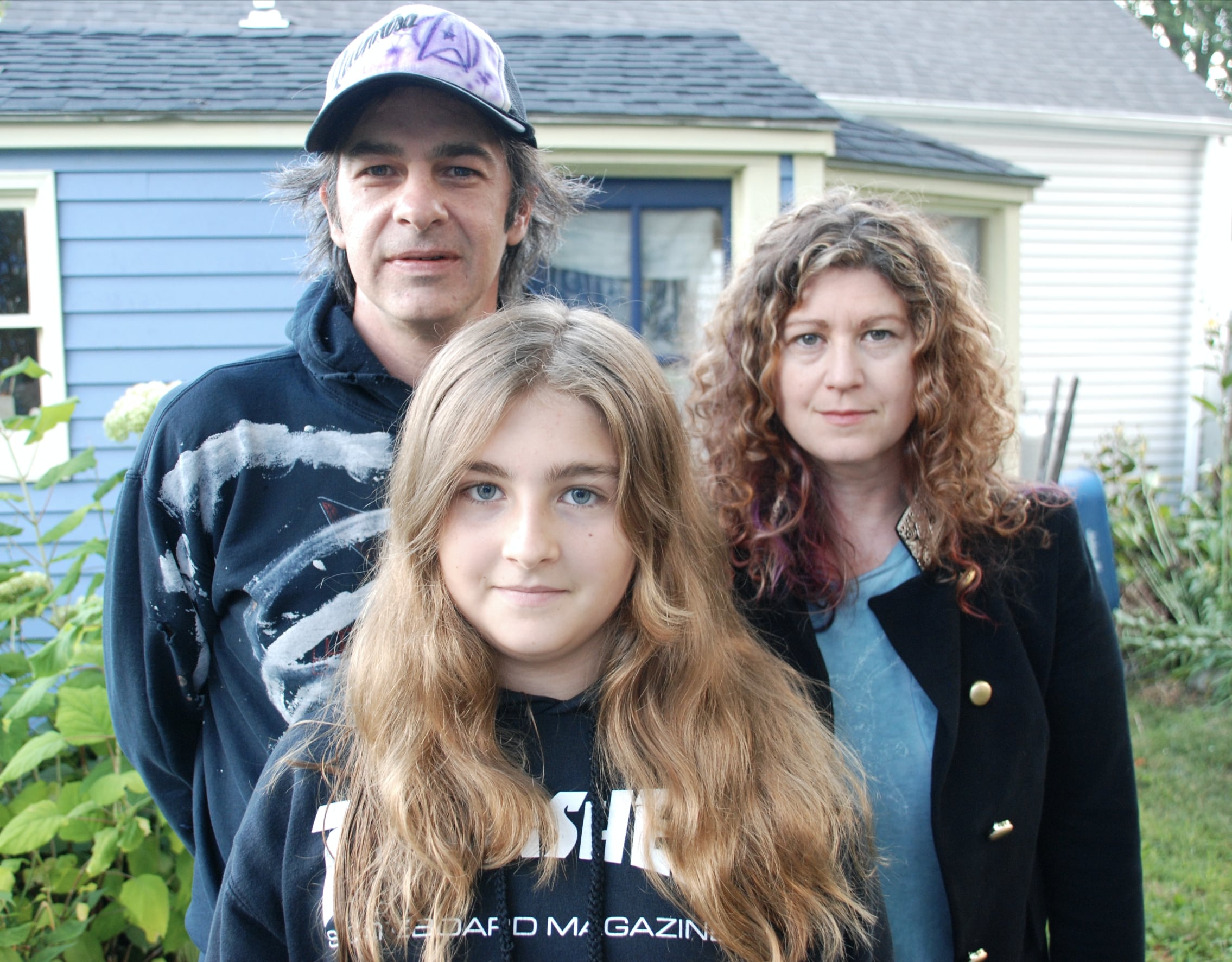



Big Blood is my favorite active band, everything they’ve ever recorded is organic, beautiful, powerful, provocative, engaging, and inspiring. Hoping the reissue of “The Grove” will be dropping soon! Thanks for this great interview!